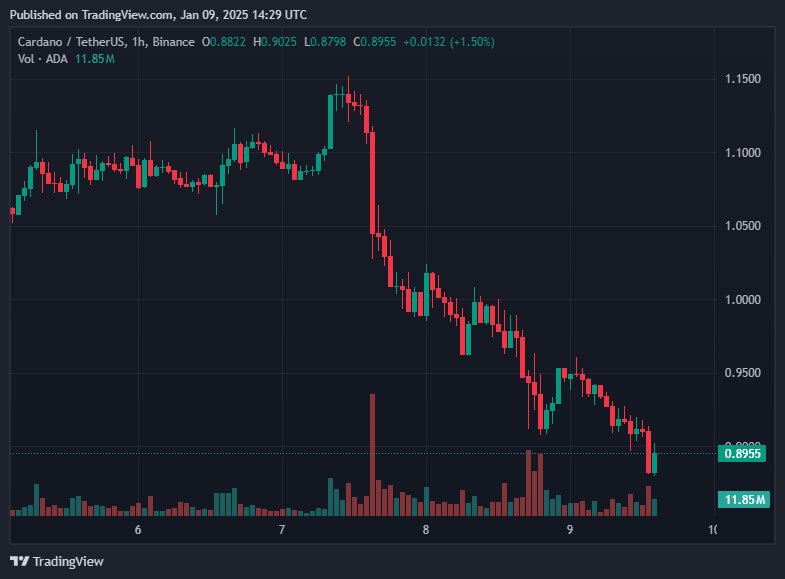
Bitcoin December performance has been a disappointment for traders and enthusiasts hoping for the anticipated “Santa Claus rally.” The cryptocurrency dropped to $92,442 on December 23, marking its lowest price since late November. This represents a major 14.5% correction from its all-time high of just over $108,000, recorded on December 17.
Although Bitcoin briefly recovered to touch $95,000, it slipped back to $94,000 in early trading on December 24. The leading digital asset is now down more than 11% over the past week, casting a shadow over expectations for a year-end surge.
Historically, crypto markets have performed well during the festive season, especially in bull markets, with traders observing strong rallies in late December. However, Bitcoin’s dismal performance this year has tempered the optimism typically associated with this period.
Historical Trends Fail to Deliver
The concept of a Santa Claus rally—a price increase in the final trading days of December through early January—has been a recurring trend in previous market cycles. Notably, in 2016 and 2020, Bitcoin saw substantial gains between Christmas and New Year, years that marked the peaks of respective market cycles.
A recent CoinGecko study highlighted that from 2014 to 2023, crypto markets experienced a Santa Claus rally in eight out of ten instances. During these years, total crypto market capitalization surged by 0.7% to 11.8% in the week spanning December 27 to January 2.
However, the absence of a rally in 2021, a year that marked the peak of the previous cycle, underscores a key point: Bitcoin’s December performance is heavily influenced by broader market conditions. With 2025 expected to be the next cycle’s peak year, the lack of festive cheer this year aligns with historical patterns of mid-cycle corrections.
Volatility and Sentiment Signal Potential Recovery
Adding to market uncertainty, around $18 billion worth of Bitcoin and Ether options contracts are set to expire on December 27. This could introduce major volatility, potentially impacting Bitcoin’s short-term price movements.
Meanwhile, Bitcoin’s social sentiment reached its lowest level this year on December 22. Interestingly, such negative sentiment often precedes a recovery, as market conditions stabilize and investors regain confidence.
While December has failed to deliver the hoped-for rally, traders remain cautiously optimistic about Bitcoin’s long-term trajectory, with eyes set on the patterns leading into 2025’s anticipated market peak.










